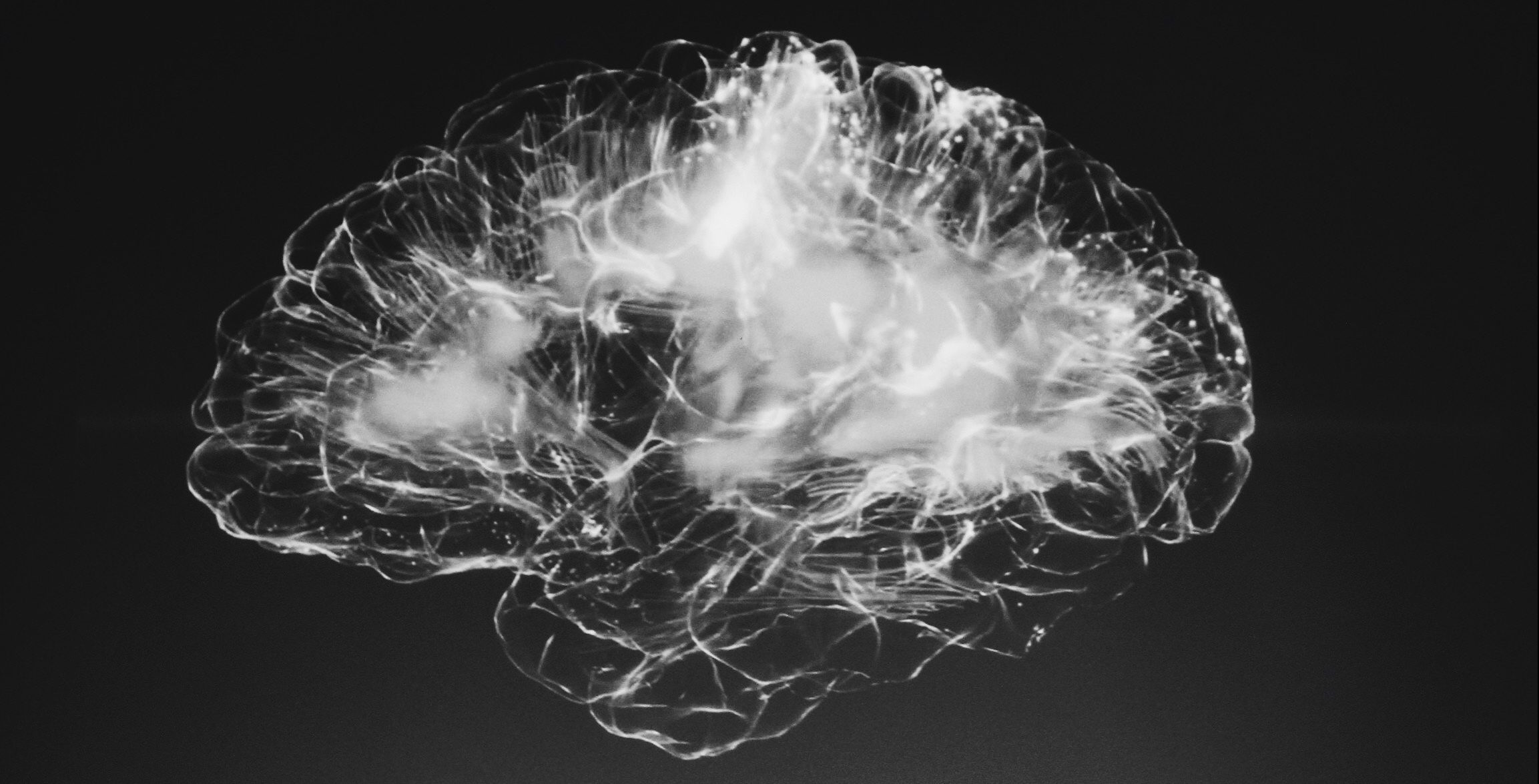- HOME
- SERVICES
- WHERE TO BEGIN
- LOCATIONS
- RESOURCES
- HEALTH PLAN SERVICES
- CAREERS
- EMPLOYEES

Stroke: How to Spot the Symptoms and Reduce the Risk
What is a Stroke? It happens when blood flow to an area of the brain is cut off. Brain cells are deprived of oxygen and begin to die. This can cause you to permanently lose speech, movement and memory.
There are two types of stroke, hemorrhagic and ischemic.
- Hemorrhagic: a brain aneurysm burst or a weakened blood vessel leak into or around the brain and creates swelling and pressure, damaging cells and tissue in the brain. Though less common, still a leading cause of total stroke deaths. There are two types of hemorrhagic strokes:
- Intracerebral - the most common type happens when a blood vessel inside the brain bursts and leaks blood into surrounding brain tissue. The bleeding causes brain cells to die and the affected part of the brain stops working correctly. High blood pressure and aging blood vessels are the most common causes of this type.
- Subarachnoid: this type involves bleeding in the area between the brain and the tissue covering the brain, known as the subarachnoid space. This is most often caused by a burst aneurysm. Other causes include, bleeding disorders, head injury and blood thinners.
- Ischemic – this type occurs when a blood vessel carrying blood to the brain is blocked by a blood clot. This causes blood not to reach the brain. High blood pressure is the most important risk factor for this type. Ischemic strokes account for about 87% of all strokes and can occur in two ways:
- Embolic: a blood clot or plaque fragment forms somewhere in the body (usually the heart) and travels to the brain. Once in the brain, the clot travels to a blood vessel small enough to block its passage. The clot lodges there, blocking the blood vessel and causing a stroke. About 15% of embolic strokes occur in people with atrial fibrillation (Afib).
- Thrombotic: caused by a blood clot that forms inside one of the arteries supplying blood to the brain. This type of stroke is usually seen in people with high cholesterol levels and atherosclerosis.
The American Stroke Association recommends ACT FAST as an easy way to recognize and identify the most common symptoms. Recognition of a stroke and calling 911, will determine how quickly someone will receive help and treatment. Getting to a hospital rapidly will more likely lead to a better recovery:
F FACE Ask the person to smile, does one side of the face droop?
A ASK Ask the person to raise both arms. Does one arm drift downward?
S SPEECH Ask the person to repeat a simple phrase. Is their speech slurred or strange?
T TIME If you observe any of these symptoms call 911 immediately.
The Premier OAR IV program examines the impact of behavioral health on disease management. There are certain lifestyle risk factors for stroke that are controllable. Lifestyle risk factors are habits or behaviors people choose to engage in. If changed, they can directly affect some medical risk factors by changing them. Some lifestyle factors that can be changed or modified include:
- Healthy diet: this can help you reduce the risk of chronic diseases, improve your overall health, and help you reach or maintain a healthy weight. Eating healthy includes making informed decisions about food choices and balancing your calories. Excess weight puts a strain on the entire circulatory system. It can also make people more likely to have high cholesterol, high blood pressure, and diabetes, all of which can increase stroke risk.
- Exercise: Physical activity includes anything that gets your body moving. A recent study showed that people who exercise five or more times per week have a reduced stroke risk. Regular physical activity will improve your overall health and fitness, and reduce your risk for chronic diseases.
- If you smoke, STOP: Smoking doubles the risk of stroke when compared to a nonsmoker. Smoking increases clot formation, thickens blood, and increases the amount of plaque buildup in the arteries. If you smoke, try as hard as possible to stop. Ask your doctor about quit-smoking aids like nicotine patches, counseling, and programs that are available to you. Quitting smoking can be difficult, so don’t give up if you are not successful the first time you try.
- Drink in moderation: Alcohol use has been linked to stroke in many studies. Drinking too much alcohol can increase blood pressure and the risk of stroke. Aim to drink in moderation – no more than two drinks a day for men and one drink a day for women.
Get the Facts, Know the Risks, and Make the Change!!
Keep an eye out for our new OAR IV Program blog launching soon for more information about the full program!
